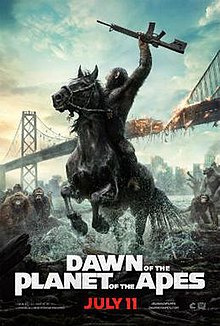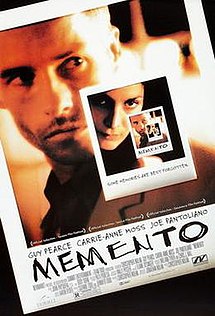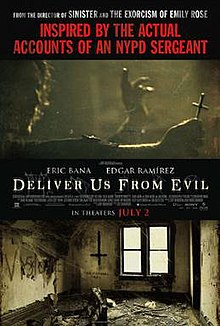
Released: July 16th, 1999
Rated: R
Studio: Artisan
Staring: Heather Donahue,
Michael C. Williams, Joshua Leonard
Directed
by: Daniel Myrick,
Eduardo Sánchez
Written
by: Daniel Myrick,
Eduardo Sánchez
Personal Bias Alert: easily scared, likes things left to the imagination
Three college students go into the woods… It’s a classic scary story setup, perfectly
at home being told around a campfire, whispered at a sleepover, or projected on
a theater screen. I first saw “The Blair
Witch Project” in a dorm room, late at night, and it scarred the hell out of
me. It was years after the film had been
released, and from the cultural firestorm it had kicked up I knew how the story
would end. At the time its effectiveness
surprised me, but sitting at breakfast the next morning, groggy from a fitful
night, I chuckled at the simplicity of it.
It was folklore, urban legend, a tried and true method of scaring the
sleep out of people.
The
students in the film allegedly went into the woods to make a documentary about
a local legend called the Blair Witch and never returned. We are told that the footage we are seeing
was recovered a year after their disappearance, sans bodies. This claim of truth is the first in a long
list of urban legend hallmarks that the film utilizes, all subtly adding layers
of dread during what is an otherwise uneventful start. The next step is a series of interviews with
locals regarding the legend, which because the interviewer, Heather (Heather
Donahue), lacks experience, comes off as stiff and awkward. This is the key part of the entire movie,
though. The local’s stories vary, but they
manage to cobble together a loose idea of the horrors that have taken place in
the woods. That way, when things start
to go down later in the film, the viewer knows enough to be plenty scarred, but
not enough to know what will happen next.
Despite
the beginning claims, you aren’t supposed to believe that this story is real
any more than you are supposed to believe in Bloody Mary or Hookman. Its claim is there simply to make it
possible, to make some little part of your brain pipe up with a “but what if it
is” every once in a while. You’ll
quickly tamp that thought back down, but fear thrives on possibilities, and
that little voice will make enough room for fear to fester in your brain.
This
film was famously made for very little money, so don’t expect any effects or
fancy camerawork. The movie is about
three people who disappear in the woods, and that is what you get. Three people, two crappy cameras, and a very
muffled audio track. Writer/directors
Daniel Myrick and Eduardo Sánchez have a firm enough grasp on horror to know
how to work this into a positive, though.
The found footage spin circumvents the need for a large crew and also
whittles down the audience’s world to that of the trio. We feel their strain, their frustration, and
their growing fear as the days wear on, aided by the fact that we are often
picking up these emotional signals from the disembodied voice of the
cameraperson. In a way, it’s very much
like life. We hear our own voice, see
our hands and feet moving around in front of us, and because that’s all we see
of the cameraperson, it feels as if we are moving around in their world.
I
recommend watching this film at night, with all the lights turned out, and the sound
at a normal level. Resist the urge to
turn it up so you can hear every whisper and scratch. Let the mystery play out, and you’ll be
treated to one of the most effective horror movies out there.
Other Notes:
Ø I
liked that they used very common names for all three characters (Heather,
Michael, and Joshua). It really lends to
the “this could happen anywhere” feel.
Ø Why
did Heather take the time to sew up those pants?
Ø I’ll
be keeping the lights on tonight.








